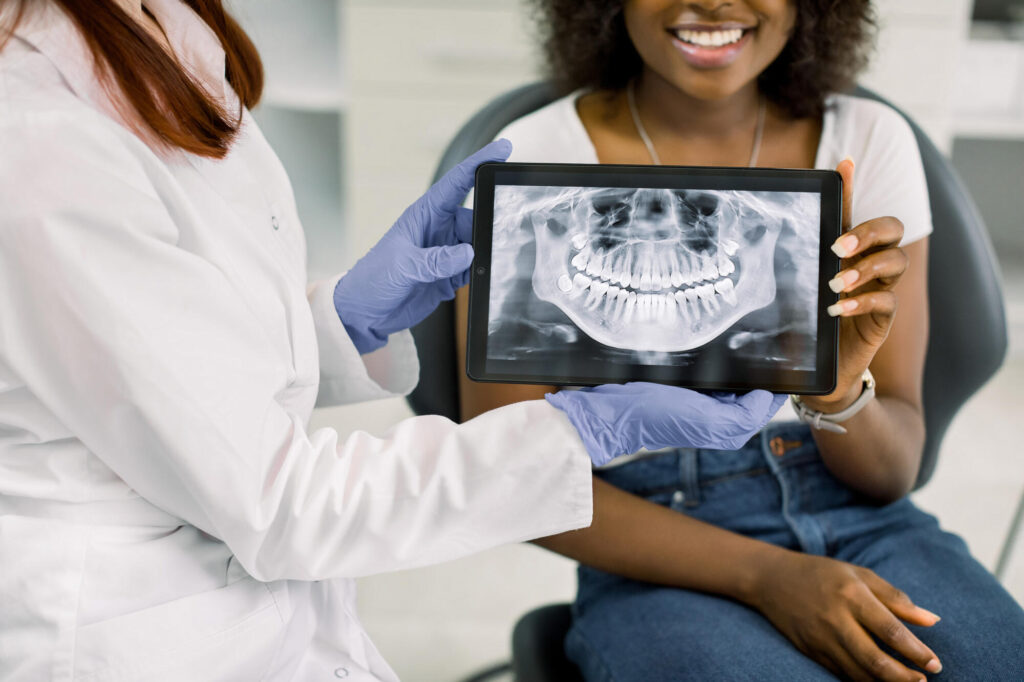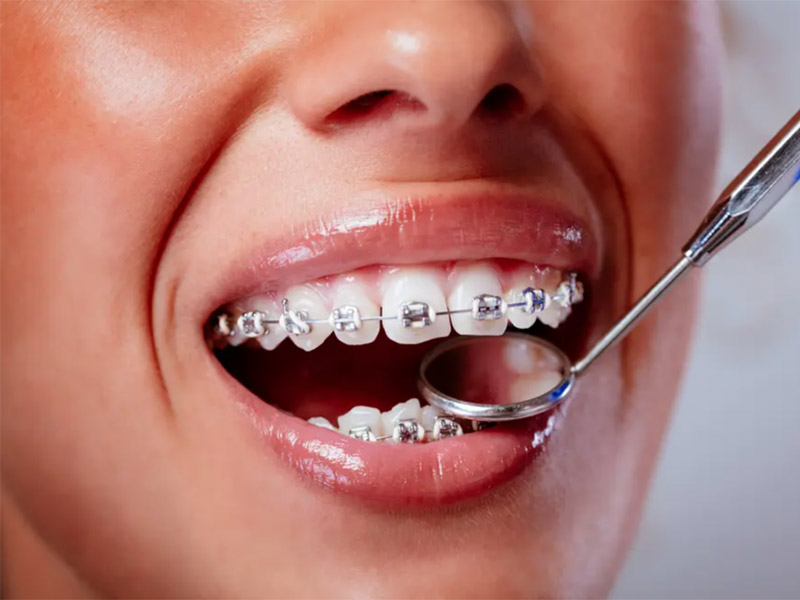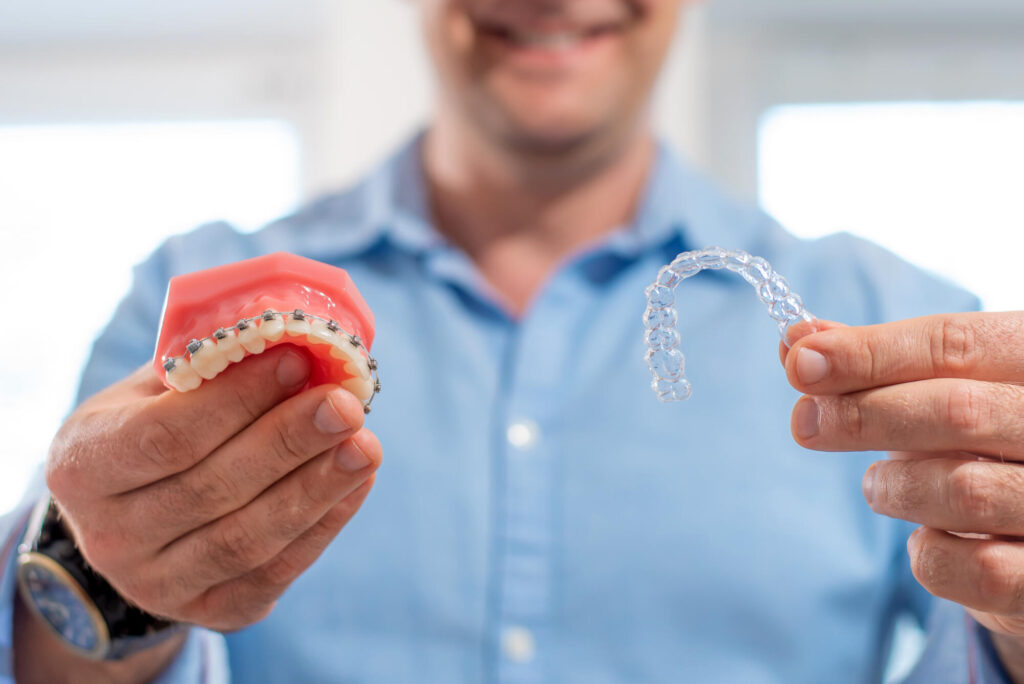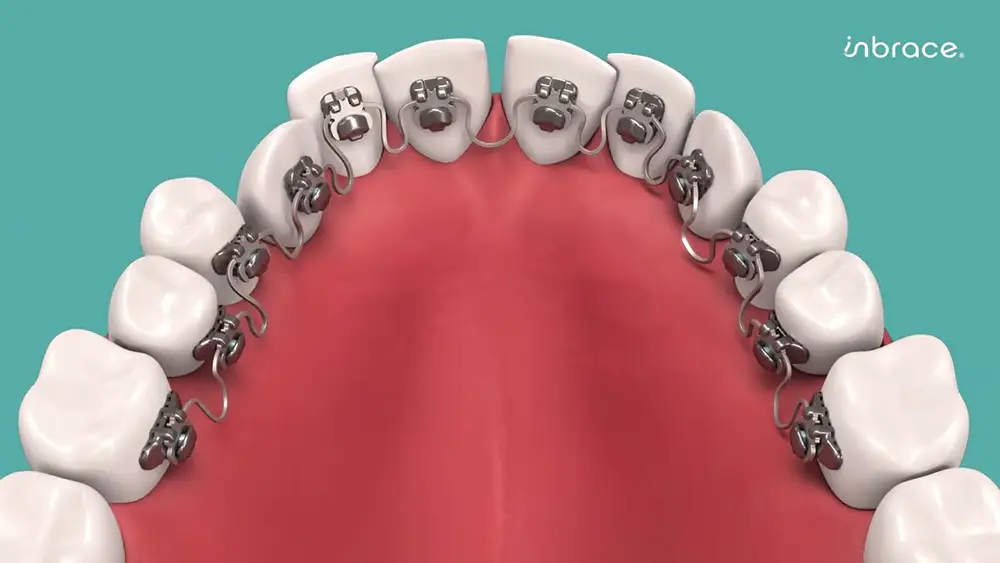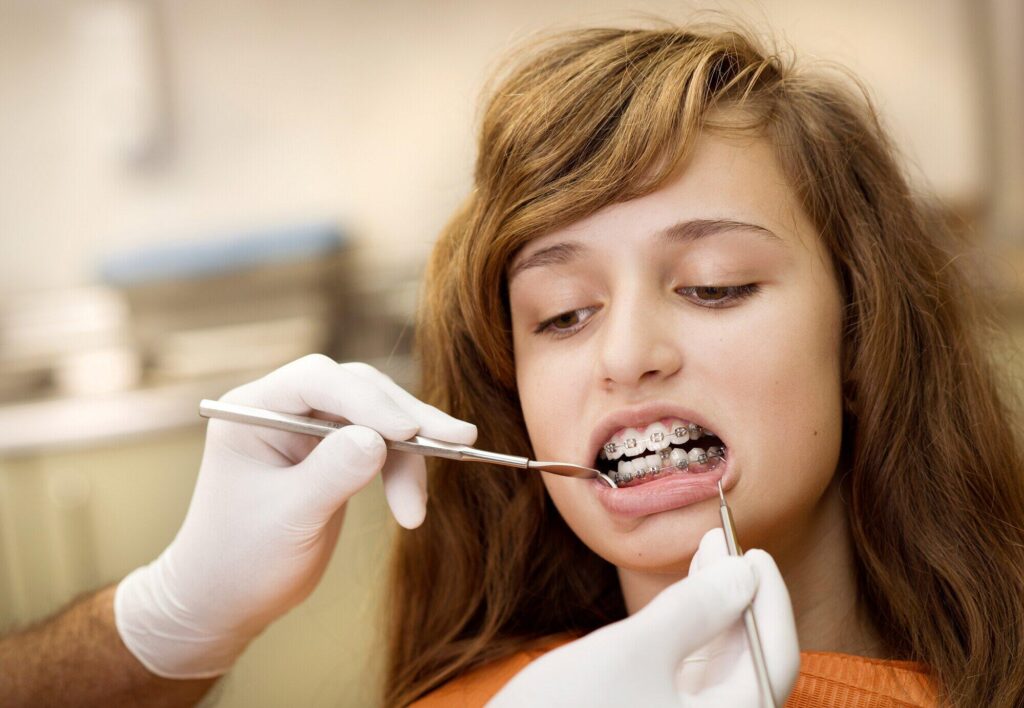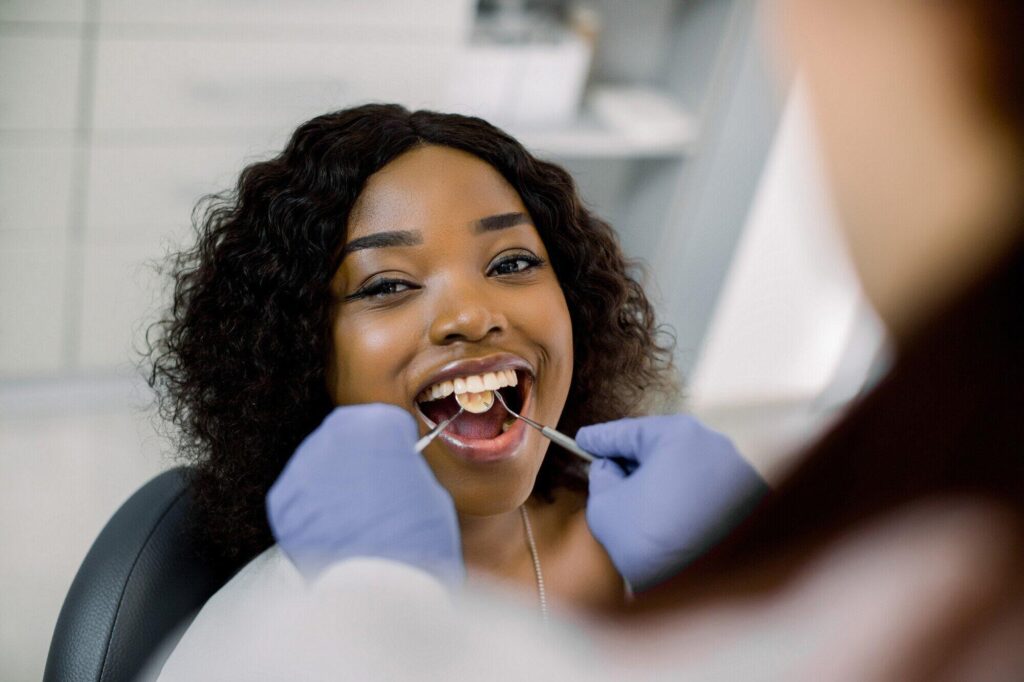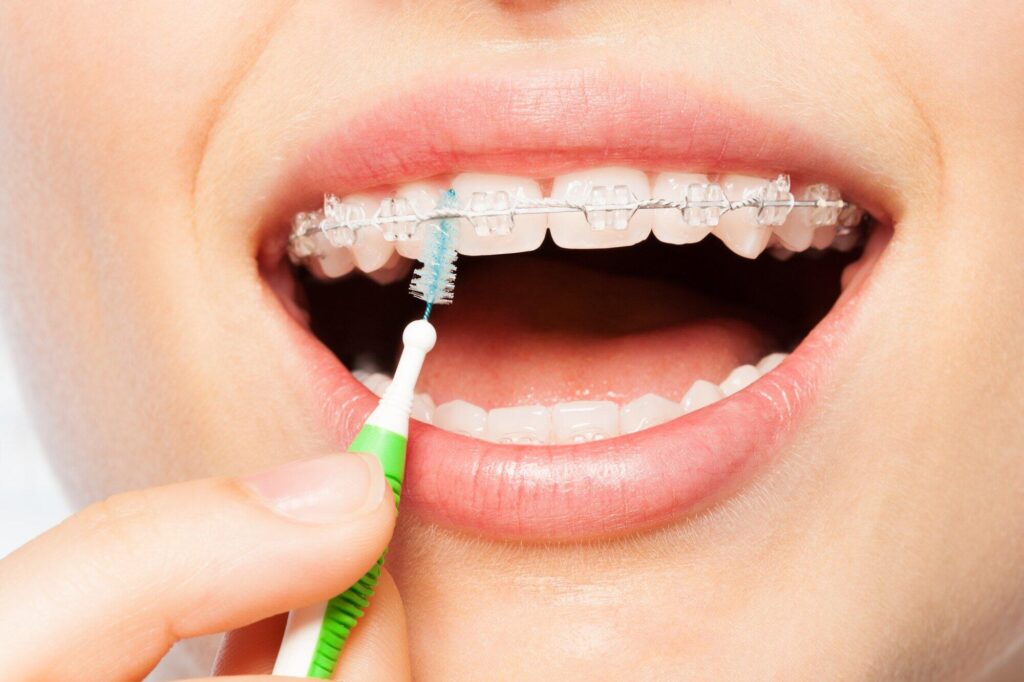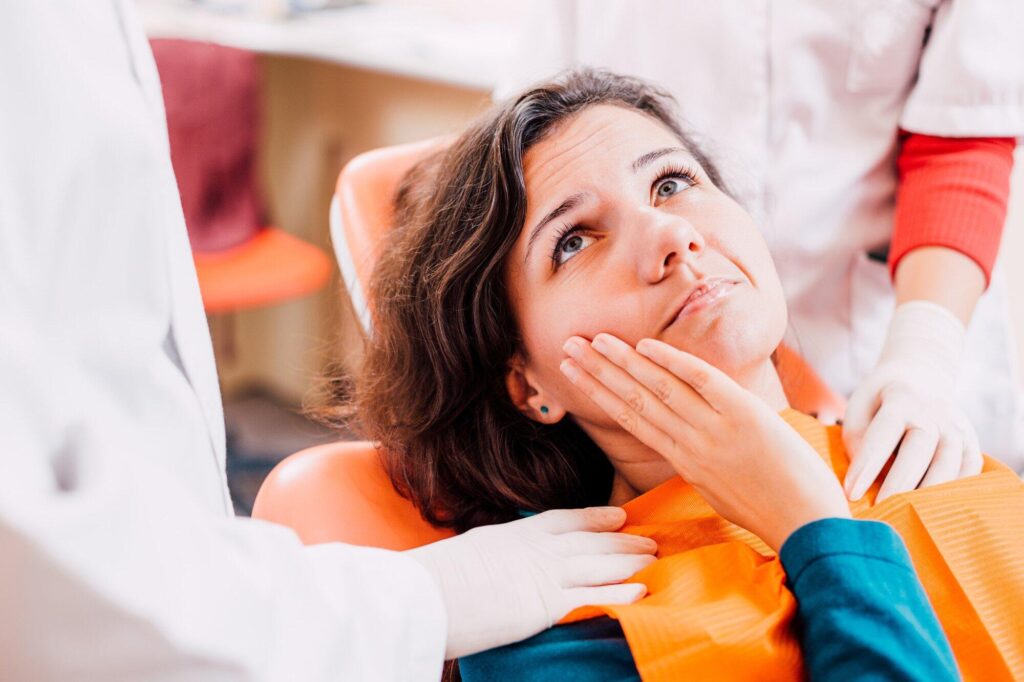June 13, 2024
Remember those days when getting braces meant sporting a mouthful of metal for what felt like an eternity? Braces have been used since ancient Egypt, with mummies even wearing them. Nowadays, orthodontic treatment has improved to make the process faster and more enjoyable for everyone.
From traditional braces to clear aligners, and efficient 3D digital scanning, orthodontics has advanced significantly. In this article, we will explore the latest technology SouthShore Orthodontics has to offer and the role it plays in enhancing patient experience.
If you are considering braces or Invisalign, this article will explain how advancements in technology are changing the way we straighten teeth. It is an exciting time to be an orthodontic patient!
What is Modern Orthodontic technology?
Recently, technology has helped us give faster treatment, quicker results, and better quality care. At Southshore Orthodontics, we use state-of-the-art treatments and procedures. We have done the research to ensure we are providing the best results to our patients.
Modern orthodontic technologies such as 3D imaging and digital scanning offer a higher level of precision and accuracy in diagnosis, treatment planning, and execution.
These technologies also foster greater patient understanding and engagement. Our patients can actively participate in their treatment journey, making informed decisions and feeling more confident in their care.
Why Is Technology Important in Advancing Orthodontic Treatment?
One of the primary benefits of advancements in technology is that orthodontists are more easily able to diagnose and treat various dental problems. Orthodontists can create personalized treatment plans for their patients. This patient-centered approach allows dental providers to provide more effective, efficient, and comfortable outcomes.
Another advantage of orthodontic technology and advancements is giving patients a more discreet way to straighten their teeth. For example, clear aligners and lingual braces have been made possible by advancements in the industry.
At SouthShore Orthodontics we provide the Tampa Bay area with the latest modern care. Check out some of the advanced tools we have in-office:
Form 2 by Formlabs
We don’t have to wait for custom appliances to be made in a lab; our 3D printer, the Form 2 by Formlabs, allows us to create these appliances in-house easily. Using digital scanning, we can produce an intricate 3D model of your teeth and jaws, which we can use for treatment and planning. As well as making customized appliances like clear aligners or retainers.
i-CAT 3D X-ray
The i-CAT 3D X-ray is an advanced imaging system that goes beyond traditional 2D X-rays. The x-ray provides outstanding clarity and detail that significantly enhances our diagnostic capabilities. This enables us to view the anatomy from every angle and provide insights into potential underlying problems that may not be as easy to diagnose.
One of the most significant features of the i-CAT 3D X-ray is the immediate accessibility. This allows our staff to view images in real time and provide clear treatment plans. Additionally, our X-ray system uses a low dose of radiation. Your safety and comfort are important to us!
3Shape Trios Digital Scanner
Gone are the days of messy and uncomfortable traditional impressions. The 3Shape Trios Digital Scanner allows us to see a glimpse of your future smile before treatment begins. The intraoral scanner analyzes the current condition of your teeth and lays the groundwork for an advanced and customizable treatment plan.
Patient Centered Benefits
The digital age has set new expectations. When applied to orthodontics, this technology improves results and puts patients at the center.
Our modern technology allows us to quickly make appliances in-house, reducing wait times for patients. We also offer a variety of treatment options to meet individual needs.
Now more than ever adults are wearing braces to correct their smile. Advancements in modern technology and affordable payment plans have made orthodontic treatment an appealing option for adults.
Discover Modern Orthodontic Technology in Riverview
Delivering high-end patient care is one of the most important elements of our dental practice. At SouthShore Orthodontics, we offer the latest advancements in dental technology, ensuring you receive exceptional care. Call our office to speak with one of our staff members about scheduling an appointment.


